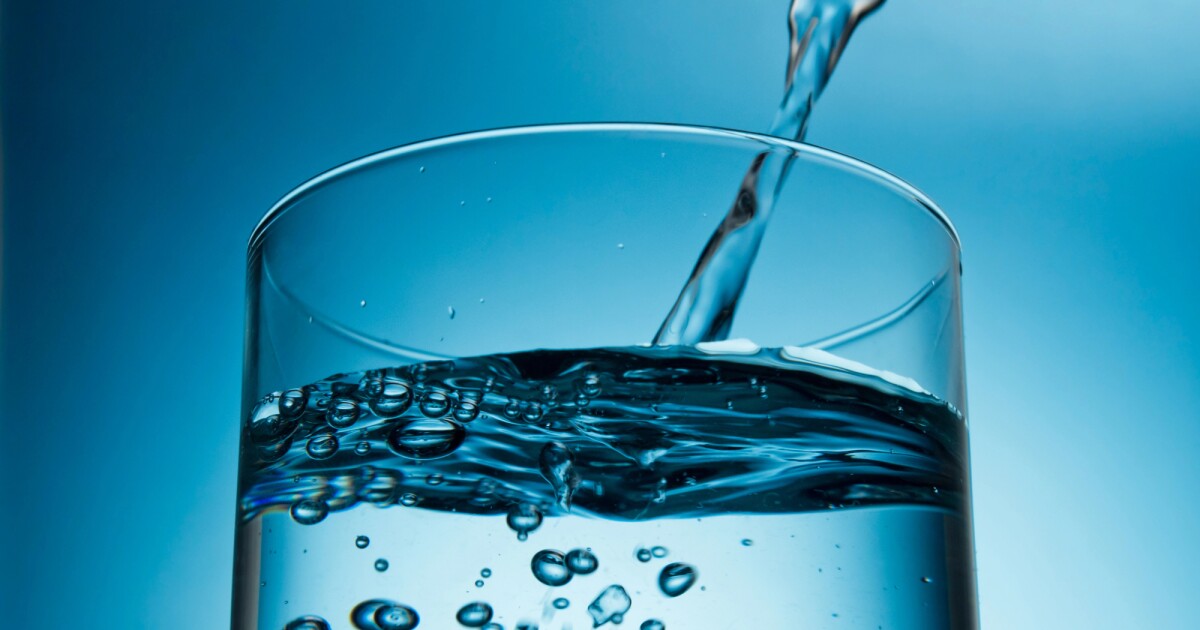
New Water Harvester Design from MIT Extracts Fresh Water from Air
There is a growing global problem of water scarcity, with many regions struggling to find enough fresh water to meet their daily needs. A new water harvester design developed by MIT has the potential to address this issue by extracting fresh water from the air. The device is able to collect enough water to meet the daily needs of multiple people in arid air conditions with 30% humidity.
The MIT design consists of a series of vertical fins that are spaced 2 mm apart and made of copper sheets sandwiched in copper foams and coated with a specialized zeolite material for water adsorption. After an hour of operation, the fins become saturated with water, and the copper sheets are heated to release it. This cycle is repeated 24 times a day, producing up to 1.3 L of drinkable water per day per liter of adsorbent coating used. In a scaled-up scenario, this design could yield 5.8 L of water per kilogram of material per day, enough to meet the needs of several individuals.
One advantage of this system is its efficiency at collecting water compared to other systems currently in development, including one that can only collect 100 ml of water per kg of material and another that extracts 8.66 L of water per day per kg of material under 70% humidity conditions. The new MIT design operates consistently throughout the day and night, unlike others that collect water overnight and release it in the morning.
However, there is a main drawback to this system: the energy required to release the water. The device needs to reach a temperature of 184°C to extract the water, which may be difficult in some regions where access to electricity or other energy sources is limited. The team suggests that waste energy or heat from other systems could be used to power the device, making it more accessible for communities without reliable power sources.
The research detailing this innovative design was published in the journal ACS Energy Letters.
In conclusion, while there are other methods currently being developed for harvesting freshwater from air, MIT’s new design stands out due its high efficiency at collecting water compared to most other systems currently available on the market today.
It also has an added advantage over traditional designs as it can operate consistently throughout both day and night conditions making it an ideal solution for areas facing extreme droughts or desertification issues.
However, like any technology there are some challenges associated with scaling up this design on larger scales such as energy requirements for heating up copper sheets but these challenges can be overcome if sustainable solutions are implemented such as using waste heat or utilizing solar thermal energy.






